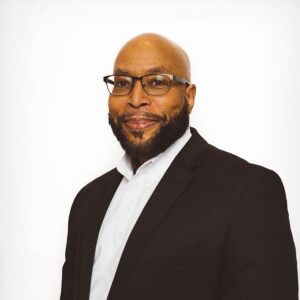The phrase social equity is discussed in social justice terms. It’s about resources and opportunities based on specific needs that have to be addressed. Whether it is the need itself or access to attain something (food, water, housing or homeownership, business loans, etc), it is important to understand what it is and why it matters.
What is Social Equity?
Social equity is regarded as justice and fairness for all people. When it comes to freedom and equality, the same access to opportunities should exist for everyone. Because they don’t, social equity seeks to acknowledge current realities of inequality around gender, ethnicity, economic status, disabilities, disparities, and anything that keeps people from having equal access to resources and outcomes. This applies to public services and resources including institutions.
What Are the Goals of Social Equity?
Even as the equity process focuses on access, opportunities, and resources, success in these areas does not mean equity exists. Barriers that exist still keep equity’s goals from being accomplished. To meet goals of social equity, every part of society needs to be fair in hiring practices and employment, and meet goals for gender, race, and other markers of equality built into the system. The question must be asked, ‘did everyone have resources, access, and opportunities’ in whatever process is taking place from housing to economics, employment opportunities to justice systems, and more.
What is the Difference Between ‘Equality’ and ‘Equity?’
Even though the two terms may be interchangeable, equality is considered equal treatment, access, and opportunities or distribution of resources. Unlike equality, equity considers people’s circumstances. Equity seeks to recognize structural oppression and accommodates people’s experiences. Urban Strategies Inc. looks at it as a place where ‘race, gender, income, sexual orientation, religion, ability, etc’ are understood individually with a goal of flexibility to include everyone on equal footing.
Why is Social Equity Difficult to Implement?
What makes equity a challenge is first and foremost about perception. When it comes to the United States, for example, people may agree change has to happen or more can be done for equity and fairness but believing in the need for it and implementing actual change is a huge gap. To understand it means deciding how to get to a place where equity exists. This may include:
- Designing new policies and changing old ones
- Creating ways to measure current needs and successful outcomes of equity
- Engaging everyone in the process
While first tackling the belief (or disbelief) that equity is needed helps, actual work to that end can be made more difficult if the policy doesn’t shift to accommodate needs.
Where Can Social Equity Be Applied?
Social equity as a process can be applied across the board. Systemic barriers for people on all spectrums from gender to migrant status, religion, ability, and more can be taken down to help create equality. Consider the following areas.
Education
When a child is educated early on, the outcomes are significantly higher. Problems of access, resources, and opportunities exist for many people from Black to Latino and poor rural to urban contexts. Educational systems from the early start-up through college institutions can look more closely at inequalities to see where and how they exist. Investing in education, increasing access and opportunities for girls and more are just starting points in this area.
Disability Equity
The World Health Organization (WHO) believes 15% of the world’s population has a disability. This includes visible and ‘invisible’ disabilities. Disabled persons often suffer the most with the least equitable access to opportunities. This includes financial and economic equity because poverty for persons with disabilities is so high. Social equity has a long way to go in support of better opportunities for people with disabilities.
Housing
Social equity has a long way to go in fair housing practices. Housing issues from low-income wages to homelessness to poverty, racial discrimination, and educational or medical debt often keep people from accessing affordable housing. The criminal justice system itself also is a barrier as many people who encounter the justice system are kept from accessing housing due to criminal records. One of the biggest barriers and also markers of financial success is homeownership, from which many people of color and those with low-wage jobs are kept from accessing.
Healthcare Equity
The absence or lack of access to affordable healthcare services is a barrier to equity. Equity is not striving for freedom from illness or disease but boosting overall health, providing better access to grocery stores in places where stores are scarce or non-existent helps increase health outcomes. Having access to affordable health resources is key. Without equity, society suffers from the unfair distribution of resources, high infant and maternal mortality rates, lower life expectancy, poor mental health, and more which create further barriers to equity.
Why Does Social Equity Matter Overall?
To create a better, more just, and fair society, social equity seeks to eliminate barriers to the above-mentioned areas and more. Everyone deserves to thrive and have rights protected. Trying to achieve equality needs to start with addressing historical and current realities around oppression built into these systems that create barriers. Social equity is a needs-based process that recognizes inequalities and works for fairness in society in all areas of life.
Mary and Main aims to help educate consumers on products and services they can access in Maryland.
Contact us to find out how we can help you select the best products for your situation.






